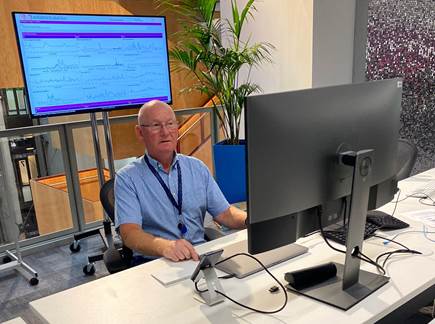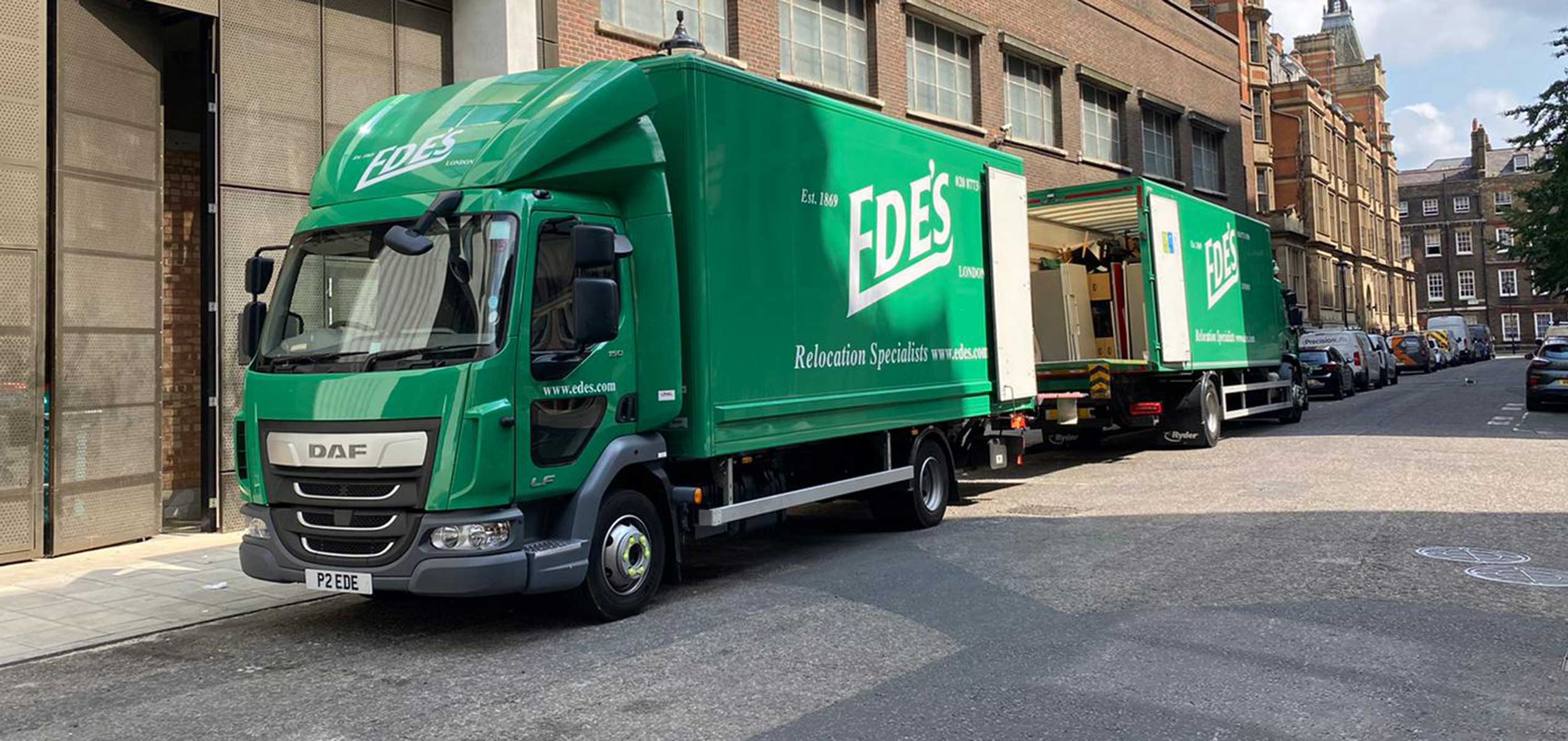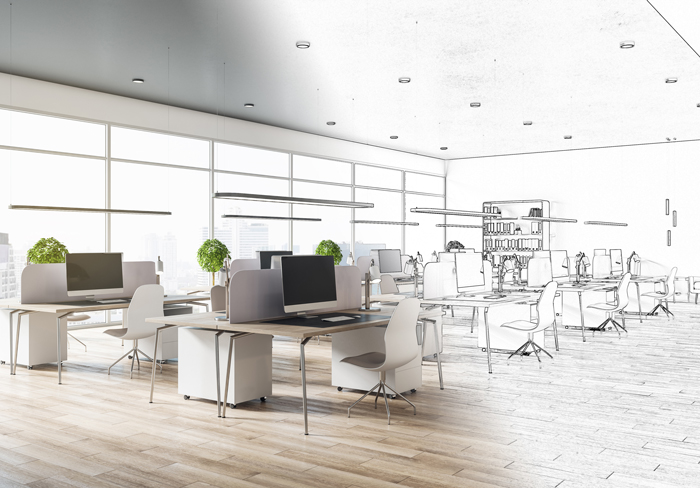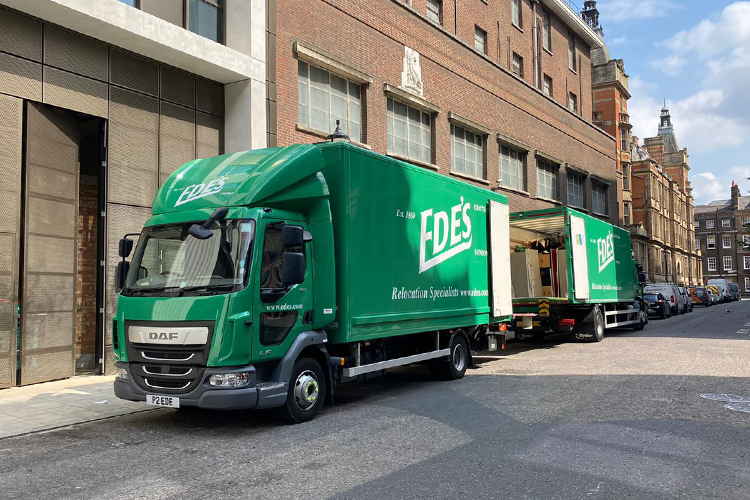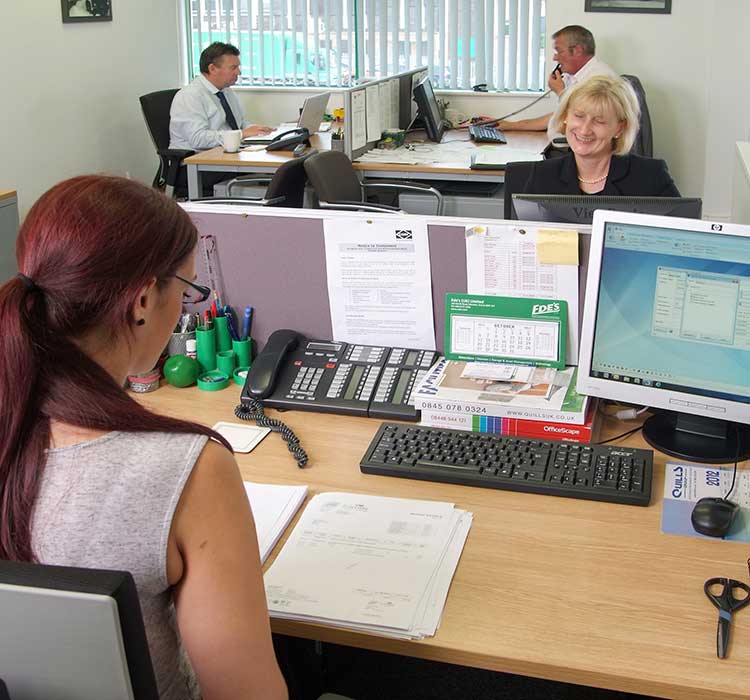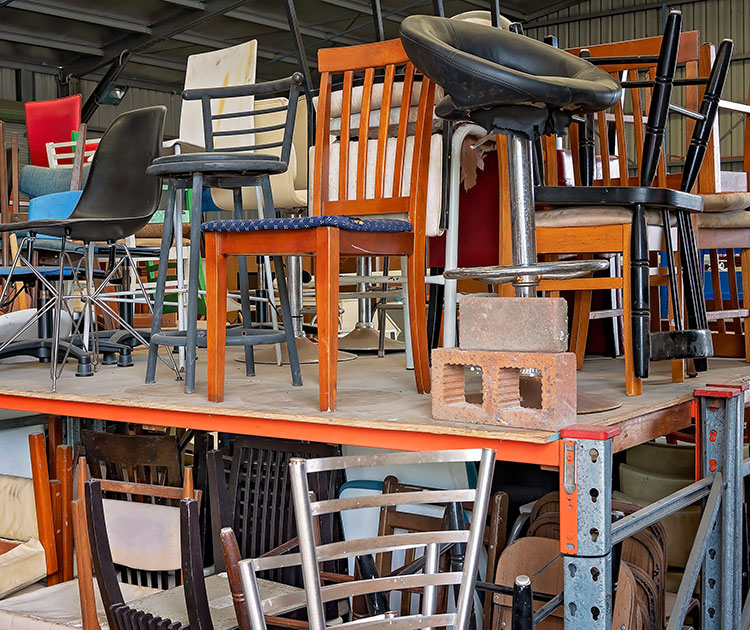Organising the relocation of an office, shop or warehouse is a huge job and needs careful planning.
Choosing a reliable person within your organisation to plan and coordinate the steps of the process and the people is a must.
Addressing the details early on and arranging for packing, moving and storage services ahead of time will make the relocation much smoother and considerably less stressful.
In this article, we have created a step-by-step guide to help make the move into your new business premises as smooth and painless as possible.
Start Your Business Relocation Planning Early
If you are moving an office with more than a few people and their equipment, make sure to plan ahead by starting preparations early. This will allow you plenty of time to ensure that all the necessary procedures are in place before the move date arrives.
You can start preparing for your new office even if you haven’t yet found a space. Analysing your existing space using Space Planning software will help you to understand your real needs in the new premises. You may find that you need less space than you think if your space is well-optimised.
Keep All Your Moving Documentation Together
When you move to a new office, make sure to document everything in detail so that it is easily accessible if needed. You’ll need notes, contracts, to-do lists, inventories, schedules, insurance records, plans and diagrams etc., all of which should be readily available at your fingertips.
We recommend archiving this information in the cloud so you can access it at any time. This way, you’ll never have to worry about losing important documents during your move.
Appoint a Project Manager
Choosing a reliable person within your organisation to plan and coordinate the steps of the process and the people is a must. A project manager can communicate the steps to other employees, talk to your moving company and optimise the process so it flows smoothly and ends as quickly as possible so there’s no loss of money for the business.
The designated person can be from within your business, or this role can be outsourced. Ede’s are very experienced at providing relocation project management and have helped thousands of clients. Whether internal or external, the person needs to be detail-oriented, organised, able to track the steps and follow-up when something has been crossed off the checklist.
If you have many employees, different managers can be appointed for each department. Only you know what is best for your office and what works for your employees.
How do you communicate an office move to employees?
Communication is key when it comes to office relocation. Making sure everyone knows as early as possible will help minimize confusion and chaos during the process. Colleagues may offer helpful suggestions, and even some volunteers might step up to assist with preparations.
Some ways to announce the news of a business move to staff:
- Meetings are a very personal way to communicate an office move to staff and allows them to ask questions. You can have small meetings with members of your department or arrange them any way that is convenient for you. This is obviously only an option where relatively small teams are involved.
- Emailing large groups of people is a common way to stay in touch and save time. This method works well when there are hundreds of employees because it allows for regular updates and reminders.
- You can use an internal bulletin board or message board to communicate with your colleagues. This will help keep everyone up-to-date on the process and ensure that anyone with questions knows who to contact.
Moving an office can be a time-consuming and demanding task, and every contribution counts. Senior management may not have considered all of the nuances involved in such a major business process while many employees might have particular concerns that only relate to them or their team; everyone’s opinion should be taken into account when making these types of choices.
A poorly planned business move can have negative consequences for the company. Ede’s have 150 years’ experience of helping businesses move, and our experience and advice can prove invaluable and help you ensure your move goes smoothly.
It is important to keep employees informed of the move, and we recommend sharing:
- The new business location that you are relocating to.
- The date of the business move so employees they know how much time they have to plan.
- Will they need be involved in the business move or will everything be done for them.
- Who will organise the move.
- For questions or suggestions, who can they turn to?
Teams should create a checklist of preparations before relocation, and make sure it is tailored to the specific needs of their department.
Create a Timetable for Your Business Relocation
Before making any decisions about your office move, it is helpful to create a timeline with an overview of the entire process. This will help you plan more effectively and avoid rushing into anything without fully understanding the implications.
It is important to be realistic when creating a timeline, and make sure that all team members are on board with it and that it is achievable. It can take several months to achieve an office move, and Ede’s can provide advice upon what is achievable. Our meticulous and experienced planners can bring their wealth of experience to your project, ensuring timelines are met, and nothing is forgotten.
Create an Inventory of Your Business Furniture and Assets
By creating an inventory of what furniture an IT equipment you currently have, you can work out what is going to be required in your new space, and also work out what is surplus to requirements. Ede’s can provide a full IT Asset Audit, supply and rollout new IT, store surplus assets, and ethically dispose of or recycle anything that is no longer needed.
Make sure to include equipment like wall-mounted whiteboards, projectors and wall-mounted screens on your “need” list, as they will require dismounting and installing n your new premises. If you are leaving these at your old premises, remember to add them to your list of items to be supplied and replaced
Also make sure to take note of items you use on a regular basis, like rubbish bins, coffee mugs, silverware, napkins, and cleaning materials. These are the essential tools for cleaning up and settling in.
Create a Plan of Your Existing Space
It is important to create a plan of your existing office space (i.e., an origin map) at the planning stage. This will help you visualise where everything is and help you decide what is needed, and what is not. We can help you remove and store any redundant items, or even recycle them for you.
By using a plan like this, you can quickly and easily identify all the different groups in your organisation – from team members to departments, and assign assets to them.
Labelling crates is vital when moving into a new office space, as it will make the process of setting up in your new business space easier.
Plan Your New Business Space
Before you move into your new office space, plan the layout so that you maximise the use of space, and it is properly configured to meet the needs of your business. Ede’s experienced space planning team can assist with preparation of plans of your new space, and help you optimise every square inch.
Once you’ve determined your new office’s layout, you can begin to staff it and identify any potential problems. You can compare what furniture you have with what is required, and Ede’s can supply new furniture as required.
Move Your It Assets and Network
IT is the backbone of any business and ensuring the smooth migration of IT from one premises to another is vital if the business is to operate smoothly.
Starting with an audit of your existing IT, Ede’s can plan your new network and help identify what equipment is going to be required for our business move, and either supply new equipment, or store your own equipment ready for rollout. We can also make any changes to your cabling and ensure that all your cable management is neat and tidy.
Moving Supplies
Regardless of your business size, you will need boxes, crates, tape, labels and other supplies. Make sure these items are ready to go before moving day – even if some of them are not strictly necessary.
Ede’s can supply crates on hire, and each crate is assigned with its own tracking code and scanned on collection and delivery making it easy to track which crates come from where, and where they are to go. Crates are provided well in advance of the move to give time for packing, and removed as soon as they are no longer required so that they are out of the way as soon as possible.
Redundant Items
In the leading up to your business move, review your inventory and assets and identify items you no longer need. Shred or store old records and organise the storage or recycling of any items that are no longer needed
This will help reduce the amount of furniture and crates you’re left with to coordinate and move.
Final preparations
Staff members should prepare their desks in order for the office furniture to be moved. This can generally be done as a group effort.
Here are some steps to take when preparing the office furniture for a move:
- Before moving, it is advised to clear desks and pack all of the necessary documents into boxes. If there are any delicate ornaments or items that must be handled with care, wrap them securely before packing them away. Additionally, label each box clearly so there will be no confusion during the move process.
- File cabinets can be moved with their contents inside, even if the drawers have locks. Make sure to lock them so that nothing falls out during transport.
- In order to move cabinets with attached doors, make sure they are spaced apart so they can be handled one at a time.
- Books should be packed in small boxes to avoid overweight crates that are difficult to manage.
- It is helpful to clear a path for the removal team so that they can move furniture easily.
- Don’t try to move heavy furniture on your own can be difficult and could damage both the furniture and the surrounding environment. If you need access to areas that require furniture to be moved, let us know.
- It is important to plan ahead and make sure all belongings are packed before the moving day. This will save time and will mean that fewer employees are needed on the day.
- Don’t try to dismantle furniture yourself. This work should ideally be left to the moving team, who are very experienced, and will ensure that it is not damaged.



